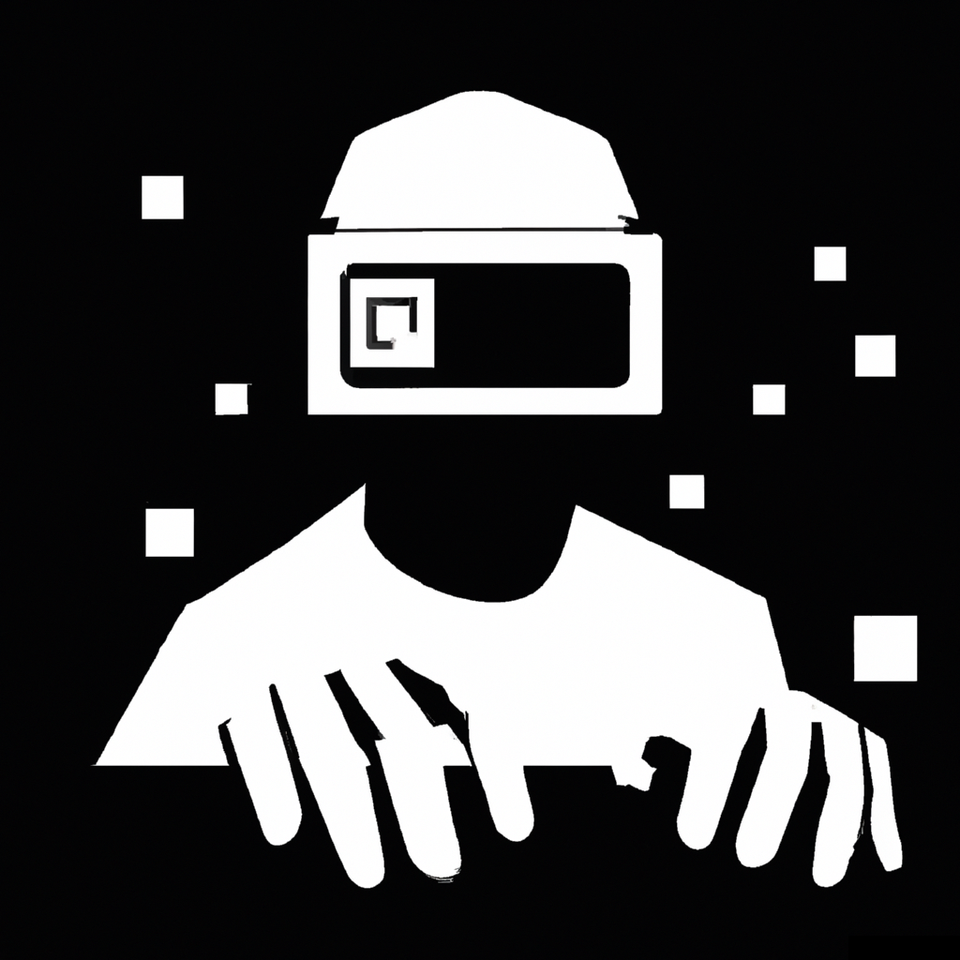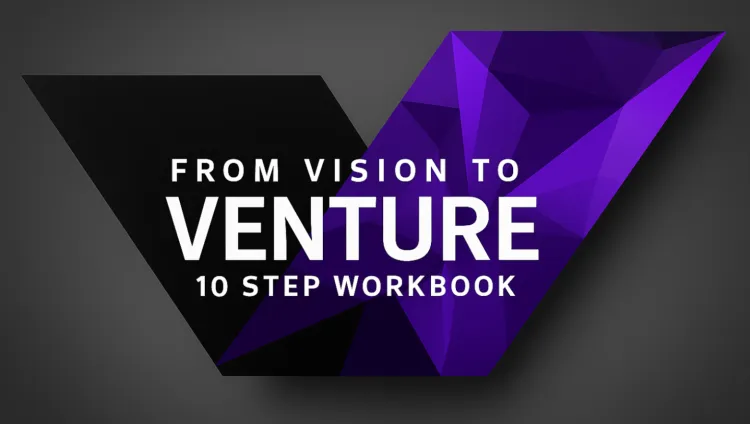Spatial computing is a rapidly emerging field of technology that involves the digital manipulation and utilization of physical space. It's a paradigm where humans and machines interact in both the digital and physical world in real time, often blurring the lines between the two. This computing paradigm is brought to life by technologies such as
– Augmented Reality (AR)
– Virtual Reality (VR)
– Mixed Reality (MR)
where digital and physical objects coexist and interact in intuitive ways. In a mixed reality environment, for instance, digital and physical elements are interwoven seamlessly, allowing users to interact with both in a unified, immersive experience.
Apple's Vision Pro is a spatial computer that blends digital and physical worlds, enabling a new dimension of user interaction. It employs visionOS, the world's first spatial operating system, which integrates a three-dimensional user interface controlled by users' eyes, hands, and voice. This technology offers an infinite canvas that escapes the limits of a traditional display, and enhances entertainment experiences by creating a personal movie theater-like experience. The Vision Pro presents a new platform for developers to design spatial computing experiences, offering a new App Store where users can discover spatially-enhanced apps and content.
The integration of spatial computing in our daily lives, particularly through devices like Apple's Vision Pro, can significantly enhance personal freedom. Spatial computing allows for a more interactive and immersive experience, which can lead to increased productivity and efficiency. With the Vision Pro users have an infinite canvas to work with, allowing them to create, interact, and multitask in ways that traditional computing methods may not allow. This can result in more efficient work, potentially leading to more personal time and enhanced work-life balance. The immersive environments can offer a more tailored, personalized experience, giving users the freedom to transform any space according to their preferences.
On the other hand, the integration of spatial computing in daily life may also pose potential challenges to personal freedom. Although devices like Apple's Vision Pro offer a new level of interactivity and immersion, they also require a high degree of connectivity and data sharing. This could lead to potential privacy concerns, as more of a user's personal and spatial data is captured and processed by these devices. Additionally, the integration of work and personal spaces that spatial computing allows might blur boundaries between professional and personal life, making it difficult to disconnect from work and potentially leading to burnout. The cost of devices like the Vision Pro could be prohibitive for many, potentially leading to digital divide issues. Lastly, as spatial computing becomes more embedded in our lives, there could be potentially negative implications for mental health, as the line between the digital and physical worlds becomes increasingly blurred.
As we navigate this brave new world of spatial computing, it's essential to maintain a balanced perspective on the impact of devices like Apple's Vision Pro on personal freedom. The potential benefits are substantial:
– enhanced productivity
– immersive entertainment
– enriched social interactions
all of which contribute to a heightened sense of personal freedom. However, these advantages must be balanced against potential challenges, including
– privacy concerns
– accessibility issues
– potentially negative mental health implications
– the blurring of personal and professional boundaries
It's crucial that we approach these developments with a critical eye and work to ensure that the benefits of such technology are accessible to all while minimizing potential drawbacks. As consumers and digital citizens, we can help shape the future of spatial computing by advocating for privacy protections, fair access, and mental health considerations as these technologies continue to evolve. Ultimately, the impact of the Vision Pro and similar devices on personal freedom will be determined not just by the technology itself, but by how we choose to use it.




